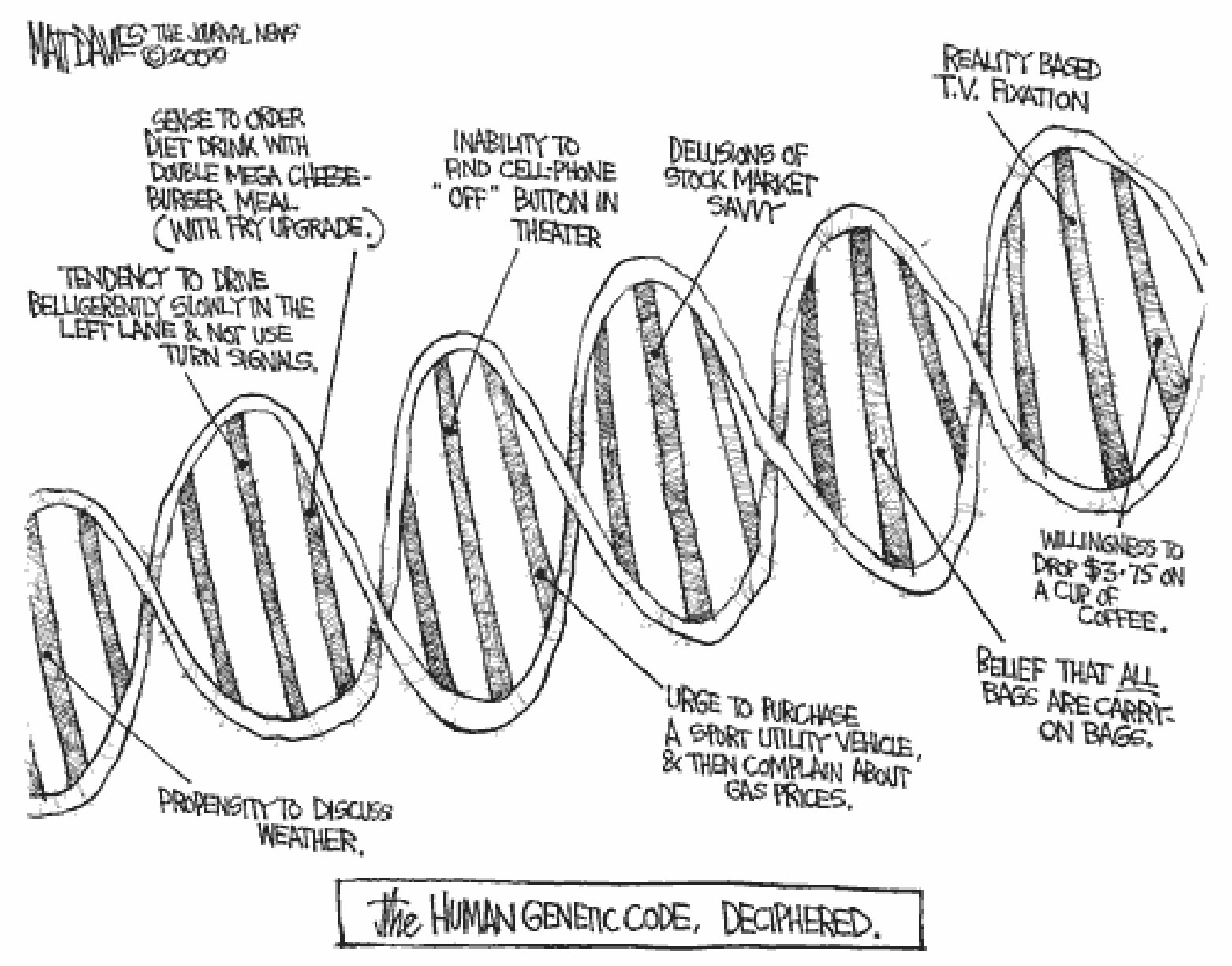This study came to several faulty and preposterous conclusions such as that "voters sense both peril and promise in party brands," because when shown the words, "Democrat," "Republican" and "Independent," their amygdala (which deals with anxiety and disgust) and brain regions associated with the reward system (which is related to desire and the feeling connected) lit up. This is extrapolating a lot from brain regions that are part of very complex systems and have several different functions.
Another strange conclusion was that "Mitt Romney shows potential." They supported this with the observation that when subjects were shown Romney's picture, their amygdala showed a high level of activity, but then when shown the video of him, their amygdala activity went down, indicating that their anxiety towards him died down, perhaps meaning voters will become more comfortable with Romney as they see more of him. This could really just be that the subjects haven't seen much of Romney (remember, this is before the 2008 election, when John McCain was the more prominent Republican candidate), and therefore their brain reacted stronger to the unfamiliar face of Romney, but then had then become habituated by the time they saw the video.
Their are several other just as ridiculous interpretations that this article talks about, I highly encourage you to take a look and laugh, here. I can't believe that such a highly respected newspaper would publish something like this!








